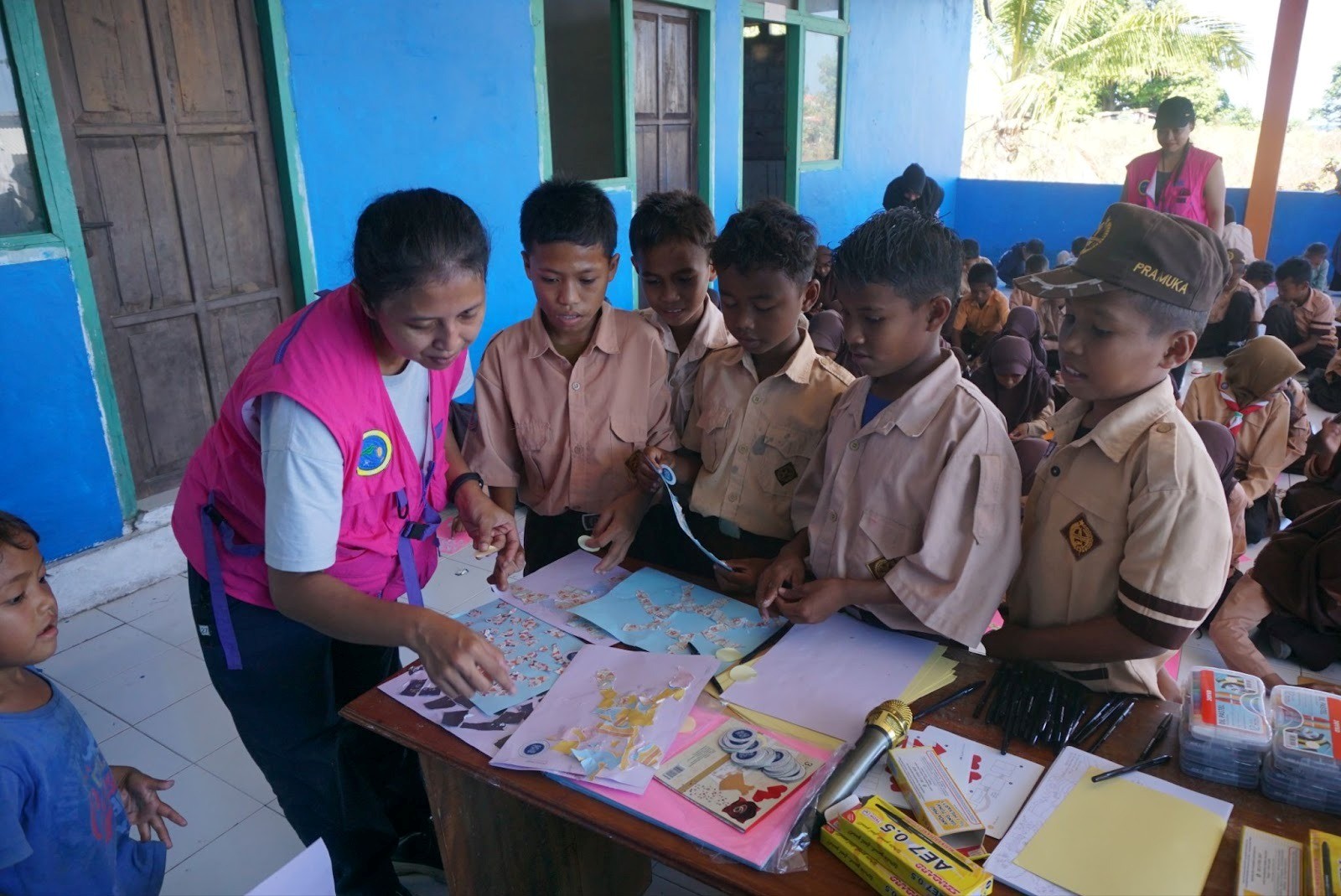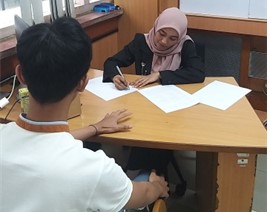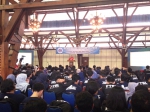An Introduction to the Multicriteria Decision Making Using the SEAT Method
By Adi Permana
Editor Adi Permana

BANDUNG, itb.ac.id – Interdisciplinary Design Virtual Course event was organized again as a part of the Tanoto Student Research Award and was themed 'Multicriteria Decision Making' on Saturday (18/6/2022). This theme was chosen because it is deemed to be important to provide the students with the necessary skills that they will use later in their careers. The event presented Dr. Eng. Yosi Agustina Hidayat, who is an active lecturer from the Industrial Engineering ITB, as the main speaker.
Decision-making is one of the most important processes in problem-solving. This step is used to solve a problem that has been defined previously through some alternative possible solutions.
In reality, everyday problems that we are facing require a complex solution. This complexity is marked by the number of criteria and alternatives which need to be considered, thus requiring a correct strategy to be chosen in order to ensure optimal decision making.
"Decision-making is triggered by the existence of a problem. In solving this problem, we need to look for the correct methods, comprehensive approach, and systematic process so that later there will be clear documentation of how we solve this problem," explained Yosi.
One of the approaches in decision making is the systematic approach through the Systematic Engineering Analysis Techniques (SEAT) method. SEAT utilizes seven comprehensive steps which are based on objectivity and a systematic way of thinking, that include; defining the problem, proposing some conceptual alternative solutions, choosing one concept based on the evaluation, solution detailing based on the chosen concept, design defense, examination and production process, and evaluation.
According to Yosi, the most important thing in the decision-making process is the ability to perceive various possible alternatives. The decision that was determined will only result in one best alternative from a number of possible alternative solutions. Every alternative that is available has its own different potential and risk.
"The benefit and risk from an alternative will only take effect in the future. The characteristic of these two things is uncertain, therefore, we need to take systematic decision-making measures to minimize the errors that can be caused by its uncertain nature," he said.
A person's decision-making process is impacted by several factors. First, an overly broad point of view will produce too many alternative solutions that can cause the decision-making process to be confusing and inefficient. Second, collected information regarding the alternative solutions should be limited to an optimum level. Third, the personality of the decision maker that is classified into three categories, risk taker, risk-averse, and risk moderate.
"In the end, decision making will depend on the personality type of the decision maker which is determined by the person's life journey and environment, although humans are naturally born as a risk taker," he concluded.
Reporter: Hanifa Juliana (Urban and Regional Planning, 2020)
Translator: Favian Aldilla R (Civil Engineering, 2019)



.jpg)
.jpg)


